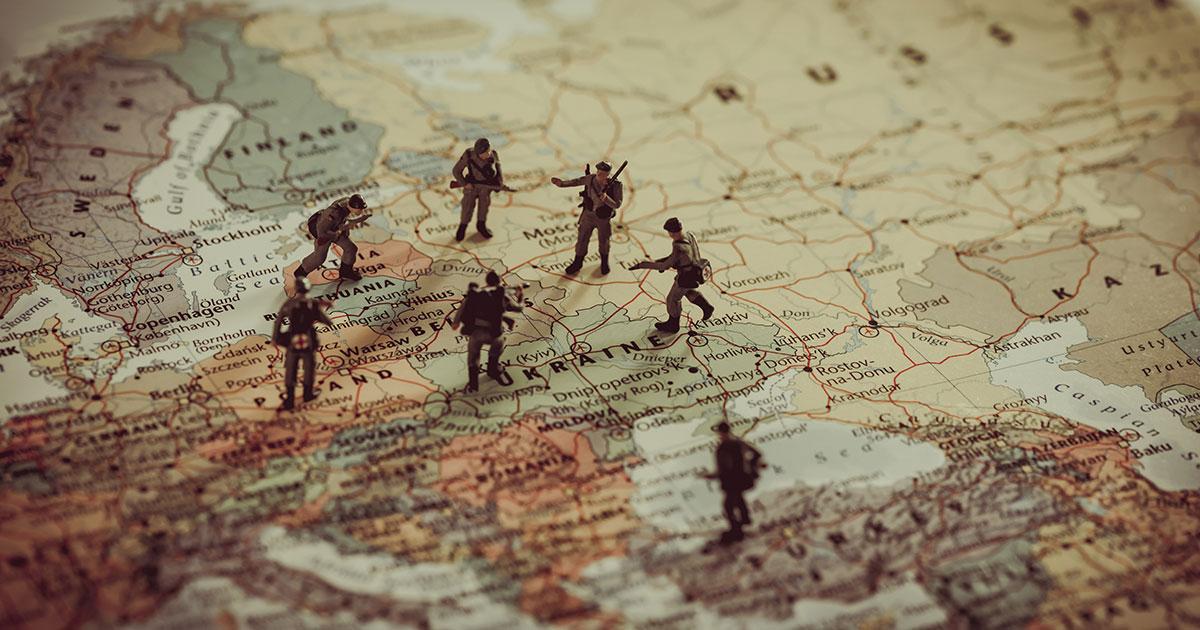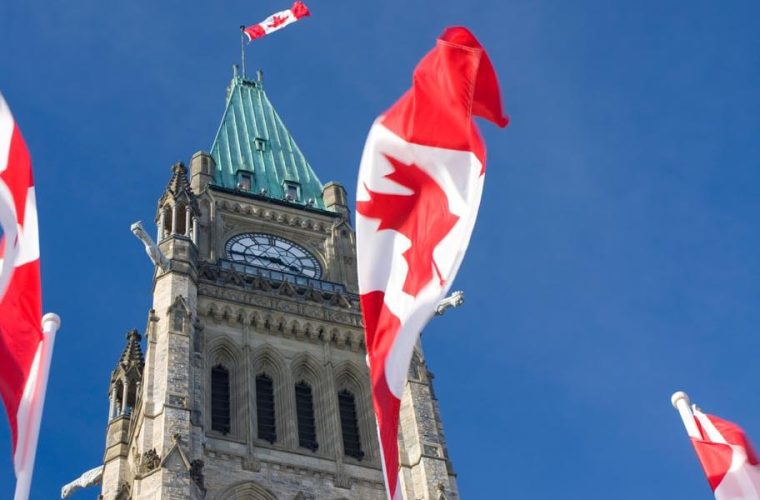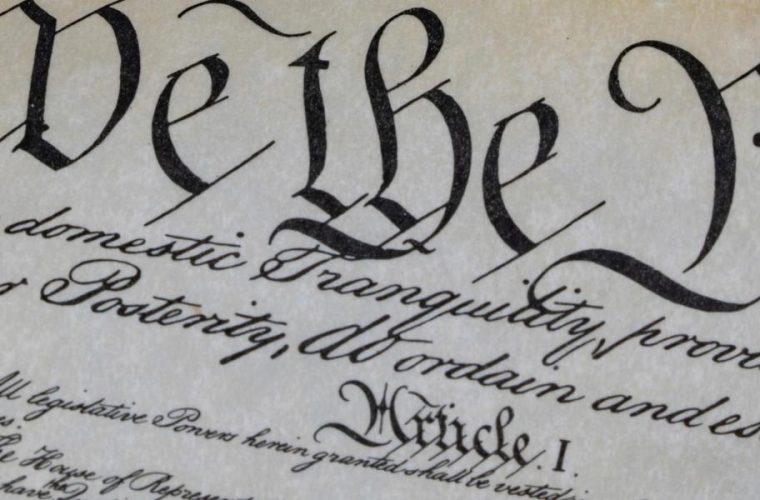
The Media and Ukraine War Coverage: Where Truth Takes a Holiday
As Ukrainian forces continue their much-hyped counteroffensive to take back contested territories in the country’s eastern and southern regions, we’re faced with conflicting coverage of the campaign. Many reports say Ukraine’s forces are struggling to break through the minefields fortifying Russia’s lines. And many admit that even the sudden and dramatic Wagner Group mutiny did not appear to hand Ukraine much of an advantage on the front. Days ago, in a move that looks like damage control, Ukraine’s defense secretary even announced that Kyiv would no longer measure success in recaptured territory but would instead just aim to destroy as much Russian military infrastructure as possible.
Still, according to some Western journalists, this is all part of Ukraine’s plan. They’re just testing Russian resistance to find weak spots so they can better allocate resources during the next phase of the counteroffensive. And that’s when the big gains will take place. Maybe that’s true, but still, other coverage about Ukraine’s losses would have you think the counteroffensive has been a horrific disaster.
Much like the wider war, how you see this counteroffensive playing out depends almost entirely on where you get your news. That is not an accident. As citizens of the wealthiest country whose government controls the most military hardware in the world, it’s important to remember that all coverage of this war ought to be viewed with some baseline degree of skepticism. This is because numerous parties—in both governments and the media outlets themselves—are working hard to bend the American public’s perception of the war to their benefit.
That is, of course, nothing new. In 1941—the last time a European war threatened to go global—the British sent an intelligence officer named William Stephenson to the United States and tasked him with running an information operation to turn American public opinion away from noninterventionism.
The main approach Stephenson’s stories team used was secretly planting carefully crafted—and sometimes outright fake—stories in the biggest American newspapers and magazines. These stories were specifically designed to portray British forces as having more than enough courage to take on the Germans but lacking sufficient resources, regardless of how accurate that depiction was at any given time.
It was a specific tone that the United Kingdom’s Secret Intelligence Service (MI6) believed had the best chance of convincing the American public to support joining the fight. Since then, every group that the American political establishment wants to support militarily gets presented to the American people in a similar fashion—from the Mujahideen to the Syrian Kurds to the current Ukrainian regime.
Though we may not know about the prevalence of covert information operations for some time, a pair of stories published last month offer a window into some more overt efforts to shape our perception of the war in Ukraine. First, Thomas Gibbons-Neff, a Ukraine correspondent for the New York Times, wrote a viral story detailing how Ukrainian press officers and some Western journalists have tried to downplay, justify, or cover up the use of Nazi symbols by Ukrainian soldiers.
One specific passage tells of Western photojournalists asking their subjects to remove patches with Nazi emblems before taking photos. By doing so, these journalists crossed the line from documenting their subjects to staging them.
On the same day, former New York Times media columnist Ben Smith published an article reporting that many Western journalists have grown frustrated with how the Ukrainian government uses access and accreditation to shape war coverage. For example, the Ukrainian military threatened to revoke a photojournalist’s credentials after he took pictures of conscripted soldiers in a trench without the presence or permission of a military press officer.
In another example, an NBC News crew traveled to Crimea to interview residents about the war. After reporting that most people they talked to preferred that Crimea belonged to Russia, the Ukrainian government revoked NBC’s credentials and confined their in-country crew to a hotel.
Smith even brings up Thomas Gibbons-Neff from above, who had his access and credentials revoked after reporting on Ukraine’s use of banned cluster munitions. There’s no question that, at least to some extent, the continual threat of a loss of access affects everyone reporting over there in an official capacity.
This is not a new or unusual technique. The US government used similar tactics to help shape the narrative of its wars in Afghanistan and Iraq. Most professional journalists struggle endlessly to find sources. So, by granting extensive access that can always be revoked, governments can run an effective carrot-and-stick ploy to control media coverage.
Our views of war are warped by design. Sure, the Russian regime is mounting a similar effort to control how the Russian people view the war, but it would be absurd to say that the Kremlin holds an influence over the American public that’s even comparable to the US or Ukrainian governments.
Despite what the media, the government, or your middle school civics teacher wants you to think, you don’t need to frantically keep up with the hourly developments in Eastern Europe to be a good citizen. But if you choose to follow this war, understand which parties have a hand in delivering whatever information you’re consuming because not everyone is trying to tell you the truth.



